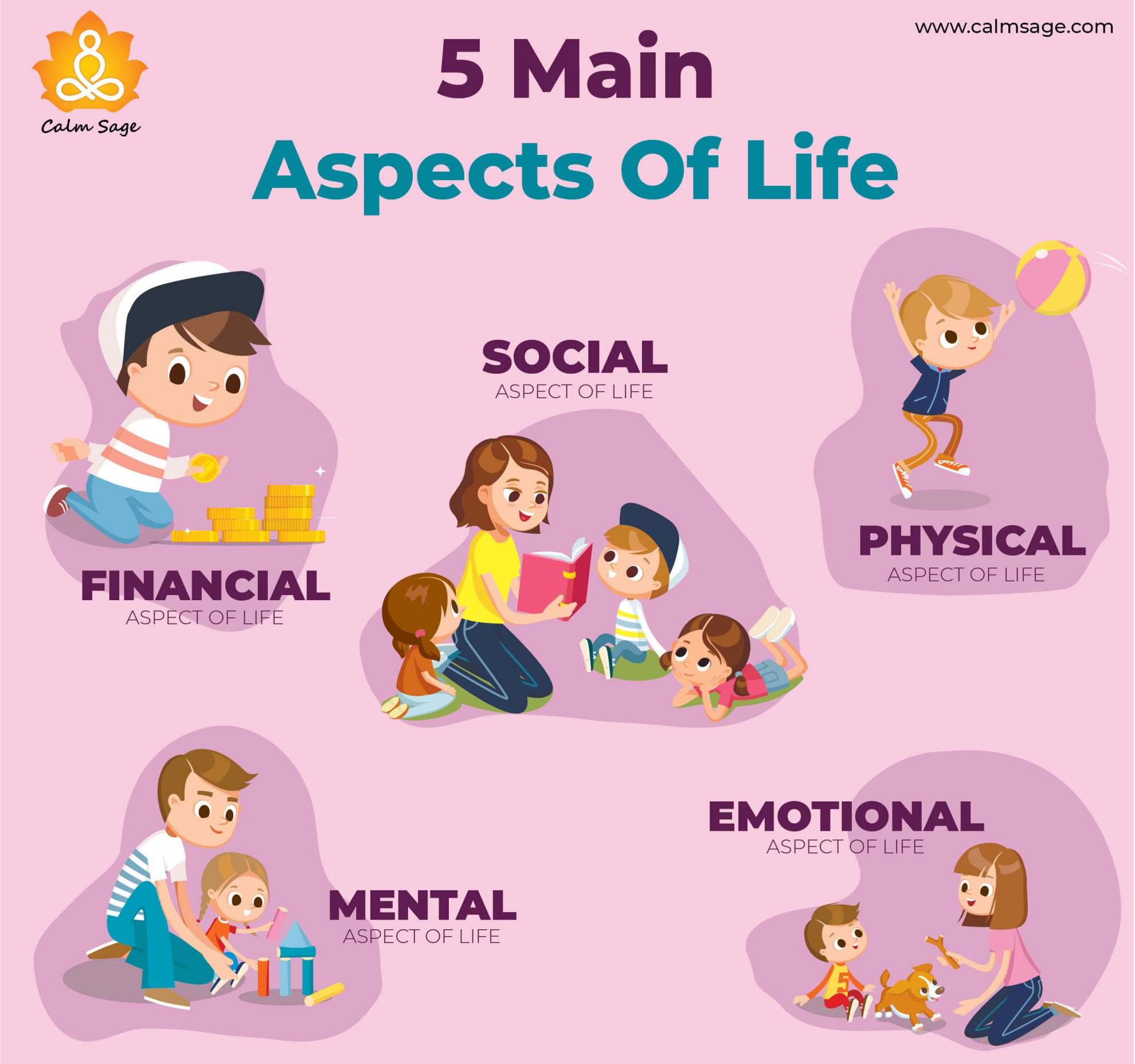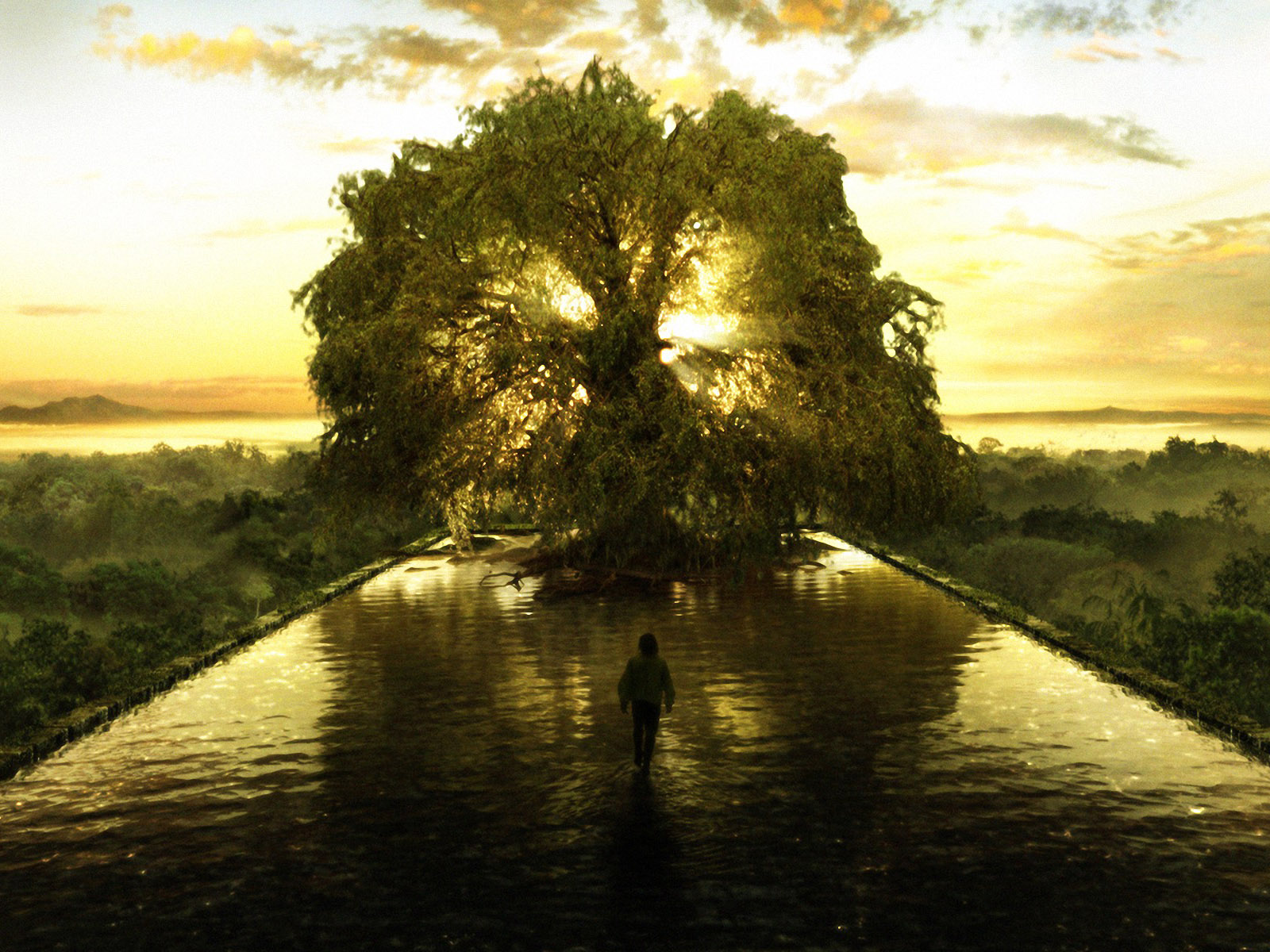Life Below Zero Cast Income - What They Earn
It is interesting, you know, how much we want to peer into the lives of others, particularly those who choose a path so different from our own everyday existence. Just as we might explore visual records from a celebrated photo collection to piece together the story of a bygone era, many folks feel a similar pull to understand the financial story of public figures, especially those living in quite extreme circumstances, like the people featured on "Life Below Zero." It's a natural curiosity, really, to wonder about the ins and outs of how someone makes a living when their world seems so far removed from the usual.
The National Geographic show "Life Below Zero" takes us, as a matter of fact, into the raw, often unforgiving expanse of Alaska, showing us what it truly takes to survive way out there. We see individuals and families facing down brutal winters, hunting for food, keeping their shelters warm, and generally just making do with very little. This way of life, so demanding and so reliant on grit, really does make you wonder how these resilient people manage to bring in any funds at all, let alone enough to sustain themselves in such a challenging environment.
So, it's almost a given that questions pop up about the money side of things. People often ask about the "life below zero cast income," wondering if the show itself provides a steady stream of cash, or if there are other ways these hardy individuals support their remote lifestyles. This discussion aims to shed some light on the financial aspects of their time on screen and the other ventures that help them keep going in the vast, cold north, you know, to give a clearer picture of their economic reality.
Table of Contents
- Meet the Folks of the Alaskan Wild
- How Do They Make Their Living on Life Below Zero?
- What Factors Influence Life Below Zero Cast Income?
- Is Life Below Zero Cast Income Enough for the Wild?
- Are There Surprising Facts About Life Below Zero Cast Income?
Meet the Folks of the Alaskan Wild
The individuals who open up their lives for "Life Below Zero" are, for the most part, truly unique. They are not just actors playing a part; they are real people who have chosen to live far from the usual comforts of city life. They face challenges that most of us can only imagine, like dealing with temperatures that drop way below freezing, finding food in a place where resources are scarce, and keeping their homes intact against the harsh elements. These folks, you know, have a deep connection to the land and a set of skills that are absolutely essential for their survival.
Each cast member brings their own story to the program, which is what makes it so compelling. You have people like Sue Aikens, who runs a remote camp, or the Hailstone family, who rely on traditional hunting and trapping methods. Then there's Andy Bassich, living with his dogs, and Erik Salitan, who balances his outdoor life with guiding others. These are not just roles they play; this is, in fact, their actual way of living, and the cameras simply capture a piece of it. Their resilience and ability to adapt to such a challenging environment are what really draw viewers in, making them wonder about every aspect of their existence, including, you know, how they manage their money.
It's fair to say that their lives are pretty much a constant test of endurance and ingenuity. They fix their own machines, build their own shelters, and harvest their own food. This self-sufficiency is a big part of their appeal, and it also shapes how they think about funds. They often need money for supplies they cannot make or find themselves, like fuel for their snowmobiles, or perhaps medical care if something goes wrong. So, understanding their income means looking beyond just the show and into the whole picture of their very independent lives, which is that of a person who relies on their wits and strength.
Sue Aikens - A Glimpse into Her Life
Sue Aikens is, quite honestly, one of the most recognizable faces from "Life Below Zero." She lives at the Kavik River Camp, which is hundreds of miles from the nearest town, way up in the Arctic Circle. Her story is one of incredible toughness and independence. She manages her camp, deals with wild animals, and handles the extreme weather all on her own for much of the year. Her experiences, you know, are often some of the most intense on the show, giving viewers a real sense of the dangers and rewards of living so far out.
She has been on the program for a good while, and her straightforward, no-nonsense approach to life in the wild has made her a favorite with many watchers. Sue's background is, apparently, one of learning to survive from a young age, and she has carried that knowledge into her adult life, making her a true master of her environment. Her journey on the show has given us a chance to see her overcome various difficulties, from dealing with injuries to rebuilding parts of her camp after damage. It’s a powerful picture of human spirit against the vastness of nature, that is for sure.
Her camp, Kavik River, serves as a base for hunters and other visitors during the warmer months, which is one way she brings in some funds. But when the snow falls, she is pretty much alone, relying on her own skills and what she has stored away. Her life really highlights the balance between interacting with the outside world for resources and living off the land as much as possible. She is, in some respects, a symbol of true Alaskan grit, and people are often curious about how someone like her, living in such a remote spot, manages to support herself, especially with the "life below zero cast income" from the show.
| Detail | Information |
|---|---|
| Name | Sue Aikens |
| Primary Location | Kavik River Camp, Arctic Circle, Alaska |
| Known For | Running a remote camp, extreme resilience, independent lifestyle |
| Years on Show | Since the beginning, a main cast member |
| Main Activities | Camp management, hunting, trapping, fishing, hosting visitors |
| Notable Challenges | Bear attacks, severe injuries, harsh weather conditions |
How Do They Make Their Living on Life Below Zero?
A big part of the "life below zero cast income" comes, naturally, from their participation in the television program itself. While the exact figures are not usually made public, it is generally understood that reality TV stars receive a payment for each episode they appear in. This payment can differ quite a bit depending on how long they have been on the show, how popular they are with the audience, and how much screen time they get. For a program like "Life Below Zero," which has been running for many seasons and has a very loyal following, the paychecks can be pretty substantial, you know, enough to make a real difference.
The production company, and by extension, the network, pays these individuals for allowing cameras to follow their lives. This includes not just filming their daily activities but also, sometimes, providing interviews and sharing their personal thoughts and feelings about their unique way of living. It's a trade-off, really: they get financial support, and the show gets compelling, real-life stories that draw in viewers. For many of the cast, this income provides a crucial safety net, allowing them to purchase supplies they cannot get from the land, like fuel, tools, or other necessities for their remote existence. It is, in fact, a very important source of funds for them.
It is important to remember that filming in such remote and harsh conditions is not an easy task for the crew either. They often live alongside the cast members for periods, enduring the same cold and challenges. The show's budget, therefore, has to cover not just the cast's payments but also the significant costs of transporting equipment and people to these far-flung locations, keeping them safe, and capturing all the footage. So, while the "life below zero cast income" is a key part of their financial picture, it is just one piece of a much larger production effort, you know, that brings these stories to our screens.
Beyond the Show - Other Sources of Life Below Zero Cast Income
While the show provides a significant chunk of the "life below zero cast income," most of these individuals have other ways of making a living that were in place long before the cameras arrived, or that have grown because of their fame. For example, many of them are skilled hunters, trappers, and fishermen. They sell the furs they collect, or perhaps the meat they harvest, to provide for their families and bring in extra funds. This is, in some respects, a very traditional way of life in Alaska, and the show just gives us a peek into it.
Some cast members, like Sue Aikens with her Kavik River Camp, run businesses that cater to tourists or adventure seekers. They might offer guiding services for hunting or fishing trips, or provide lodging for those who want to experience the Alaskan wilderness. This kind of venture can be quite seasonal, but it can bring in a good amount of money during the warmer months. It's a way for them to use their deep knowledge of the land and their survival skills to create a different kind of financial stream, you know, one that doesn't rely on being on television.
Then there are opportunities that come directly from being well-known due to the show. Some cast members might do public appearances, give talks, or even sell merchandise, like signed photos or clothing items related to their time on the program. These sorts of activities, you know, allow them to connect with their fans and also add to their overall "life below zero cast income." It's a way for them to capitalize on their newfound public recognition, turning their unique lives into something that can support them even further.
What Factors Influence Life Below Zero Cast Income?
Several things can really shape how much "life below zero cast income" a person might receive. One of the biggest is how long they have been a part of the program. Cast members who have been there from the start, or for many seasons, typically get paid more than newer additions. This is because they have proven their ability to draw in viewers and have become familiar faces. Their continued presence is valuable to the show, so the payments reflect that loyalty and viewership appeal, which is quite common in television.
Another important factor is their popularity with the audience. Some cast members, you know, just connect more strongly with viewers, perhaps because of their unique personalities, their particularly challenging situations, or their impressive skills. When a cast member is very popular, the show might feature them more often, which can lead to higher payments. The network wants to keep viewers happy, and if certain individuals are a big draw, then it makes sense to keep them on screen and reward them for that appeal. It's a bit like any business, really, where value is placed on what brings in the customers.
The amount of screen time a person gets in each episode also plays a part. If a cast member is a central figure in a particular season or storyline, they might receive a higher payment for those episodes compared to someone who only appears briefly. The more their story is featured, the more involved they are in the production, and this often translates to a better financial arrangement. So, it's not just about being on the show; it's about how much of the show revolves around their particular experiences and challenges, which is that of a central character.
The Role of Experience in Life Below Zero Cast Income
The deep knowledge and practical skills that the cast members possess are, in a way, a form of wealth that directly impacts their "life below zero cast income." Their experience in surviving and thriving in the Alaskan wilderness is what makes their stories so compelling and authentic. They are not just performing for the cameras; they are genuinely living these lives, and their expertise is real. This authenticity is incredibly valuable to a show like "Life Below Zero," which aims to portray true survival.
Because they are so skilled at what they do, the show can trust them to provide genuine content. They know how to hunt, how to build, how to navigate the frozen landscape, and how to stay safe in dangerous situations. This means the production team doesn't have to stage things or create artificial scenarios. The cast's natural ability to live in this environment provides the raw material for the show, which is a huge benefit. This, in turn, makes them more valuable to the production, potentially leading to better payment arrangements.
Their long history of living off the grid also means they have a lifetime of stories and wisdom to share. Viewers are not just watching people survive; they are learning from those who have mastered a very difficult way of life. This educational aspect, you know, adds another layer of appeal to the program. The cast's lived experience is their most important asset, and it is a fundamental reason why their "life below zero cast income" exists. It's their real-world expertise that makes the show worth watching, and that is a very important point.
Is Life Below Zero Cast Income Enough for the Wild?
It is a common question, really, whether the "life below zero cast income" is truly enough to sustain their very demanding way of life in the Alaskan wilderness. While the payments from the show are certainly a big help, living off the grid comes with its own set of very particular costs. For instance, things like fuel for snow machines and generators, parts for repairs, and any specialized equipment or food supplies that cannot be hunted or gathered, all need to be purchased from the outside world. These items can be quite expensive, especially when transportation costs to remote areas are factored in, you know, making every dollar count.
The cast members often talk about the constant need for preparation. They have to stock up on supplies for the long winter months when travel becomes nearly impossible. This means buying things in bulk, often many months in advance, which requires a good amount of money upfront. Unexpected events, like equipment breakdowns or injuries, can also create significant financial burdens. So, while the show provides a regular income, it is often used to cover these very specific and often high costs associated with their remote existence, which is that of a careful planner.
For many of them, the income from the show probably makes their chosen lifestyle more feasible, perhaps even allowing them to continue living in a way they might not be able to otherwise. It gives them a financial cushion that most people living off the land in such extreme conditions would not have. However, it is not a life of luxury. It is more about survival and maintaining their independence. The "life below zero cast income" helps them bridge the gap between what they can provide for themselves and what they must acquire from the outside world, helping them to keep their unique way of life going.
Are There Surprising Facts About Life Below Zero Cast Income?
One thing that might surprise some people about "life below zero cast income" is that, despite the popularity of the show, it is not making everyone a millionaire. While the payments are good, they are often balanced against the very real and sometimes very high costs of living in such a remote and challenging environment. The money often goes right back into maintaining their homesteads, buying essential gear, and preparing for the next harsh season. It is, you know, a different kind of financial picture than what one might imagine for someone on television.
Another interesting point is how seasonal their other income sources can be. For those who rely on hunting, trapping, or tourism, their financial flow can be quite uneven throughout the year. The show's income, therefore, provides a much-needed steady stream of funds that helps them manage through the lean times. This consistency is, in fact, a very important benefit that the television program offers, allowing them to plan their finances in a way that might not be possible otherwise, which is quite helpful.
It is also worth noting that the cast members are, by and large, private people who value their independence. While they allow cameras into their lives, they are not typically seeking fame or fortune in the traditional sense. Their primary motivation for being on the show is often to share their way of life, perhaps to educate others, and to secure the resources they need to continue living off the grid. So, the "life below zero cast income" is, in many cases, a means to an end, helping them to maintain the very lifestyle that makes them so compelling to watch, and that is a pretty clear motivation.

11 Life Lessons for Inspiration in Tough Times from Legends - Biography

Understanding The 5 Main Aspects of Life And Ways To Balance Life

The Tree of Life represents the spiritual point of balance – the secret